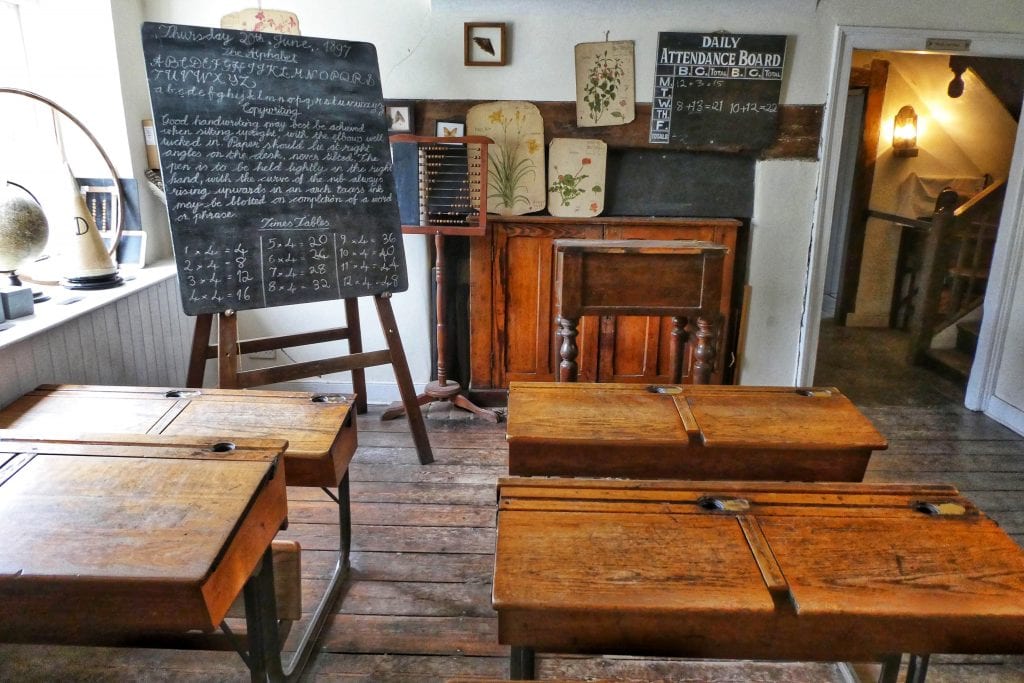
The other day, I was looking for a long-lost bowl in the kitchen when my eyes fell on my son’s lunchbox. It stopped me in my tracks with a deep welling-up of yearning and sadness. I fled the kitchen and closed myself in the bathroom so that my son would not be able to hear my towel-muffled sobs.
The lunchbox. On any normal summer day, as I enjoyed a welcome respite from rushed mornings packing meals my son may or may not eat, I’d have been grateful to see it tucked away in the corner of the cabinet. Now, I am in mourning for those crazy mornings, which seem to symbolize normality – and a day not so long ago when the world felt much safer than it does now.
My little meltdown came just a day after Los Angeles Unified School District Superintendent Austin Beutner announced that kids who attend school in the district would not return to their classrooms this month. With COVID-19 cases spiking across the county and state, I believe this was the responsible decision. The Kaiser Family Foundation estimates that nearly 1.5 million teachers (1 in 4) are at heightened risk of serious illness from COVID-19.
Calabasas dad David Rocklin says he and his wife had made up their minds not to send their daughter back even as her school sent out surveys to assess parents’ preferences about this pandemic back-to-school year. “As a parent, I can’t send my child into a viral furnace just because a government I abhor and distrust says I should,” he says. “Had the administration formulated a national policy as other countries did, we might not be where we are. But we are here, and until we’re not, my child will learn from home as best she can and as best we can assist her.”
When it comes to remote learning, many of us are grappling with the same dilemmas we faced in March. In fact, this second leg of distance learning feels like the difference between dealing with an acute illness and a chronic one. We strapped on our emergency hats a few months ago to get us through the last weeks of the 2019-20 school year. Now we must navigate what educators are calling the “COVID slide” (learning loss due to the pandemic) as we onboard, from home, our kids into the 2020-21 school year.
I reached out to parents (some of them are also teachers) to learn how they are dealing with the impending school year. Some had decided to transition to traditional homeschooling, while others felt compelled to follow their schools’ remote learning instructions or wait to hear from their independent schools about whether they would offer hybrid models of on-campus and virtual learning.
Some parents are creating “learning pods,” where a few parents get their kids together to (in most cases) hire a teacher or tutor who comes into a designated home to support distance learning, with the assumption that each pod will follow safety guidelines.
“The day they announced schools wouldn’t be reopening, my girlfriend and I were on top of the pod idea,” says Danielle Haimowitz, mom of two. “I was fortunate enough to have a phenomenal teacher friend agree to teach the pod. The pod will have five kids, including mine and my friend’s twins.”
Still, Haimowitz says worrying about negative impacts on her kids’ social-emotional health keeps her up at night. “My 3-year-old hides behind trees when a stranger passes us on a walk. Our germ talk seemed to be a bit too effective. When I told my oldest that he wouldn’t be going back to school in the fall he said, ‘Yay!’ I was both happy and sad about his reaction,” she says.
A wave of righteous anger
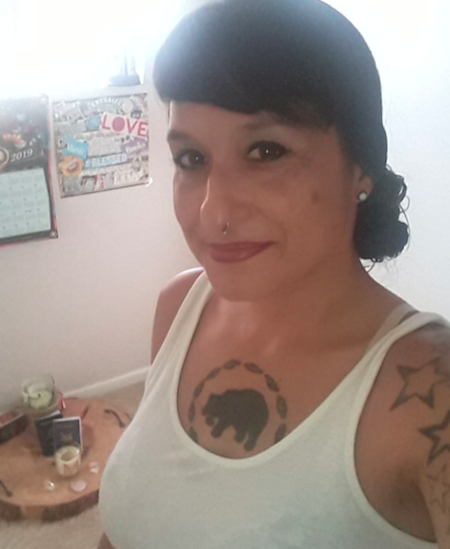
Elizabeth Silver is an Encino mom of two young children. She is also a friend, so when I reached out to her to see how she was coping, she reminded me of how she’d spilled her emotions – and in so doing, reflected so many of ours – on her Facebook feed. She expressed concern for parents who will not be able to afford to hire private teachers and tutors, as well as the negative impact of remote learning on other underserved parts of our community.
“I’m angry for the people with special needs who cannot properly learn distantly,” she wrote. “I’m angry for the low-income students who are most certainly going to be disproportionately impacted by this (necessary) decision. I’m angry for the children in dangerous homes who won’t have a place for refuge.
“I’m angry for the littles who don’t yet know how to learn or how to socialize, so they may grow up without having learned those essential skills, which cannot be taught distantly or independently. I’m angry for the parents who can’t properly work, who can’t earn a proper living, who will lose their jobs as a result.
“I’m angry for the teachers, staff and administrators who … one side of this debate keep forgetting about when they say, ‘The kids won’t get sick. COVID doesn’t impact kids.’
“I’m angry that parents are switching to private schools, so essential funding for public schools will now be lost. I’m angry, obviously, at our incompetent nation for refusing to understand science or community or resilience or self-control.
“I’m angry that an entire generation of children has been forgotten, while, of course, parents (and let’s be honest, more often than not, mothers, even though it should not be) will end up bearing responsibility for most of this.”
A sense of relief and optimism
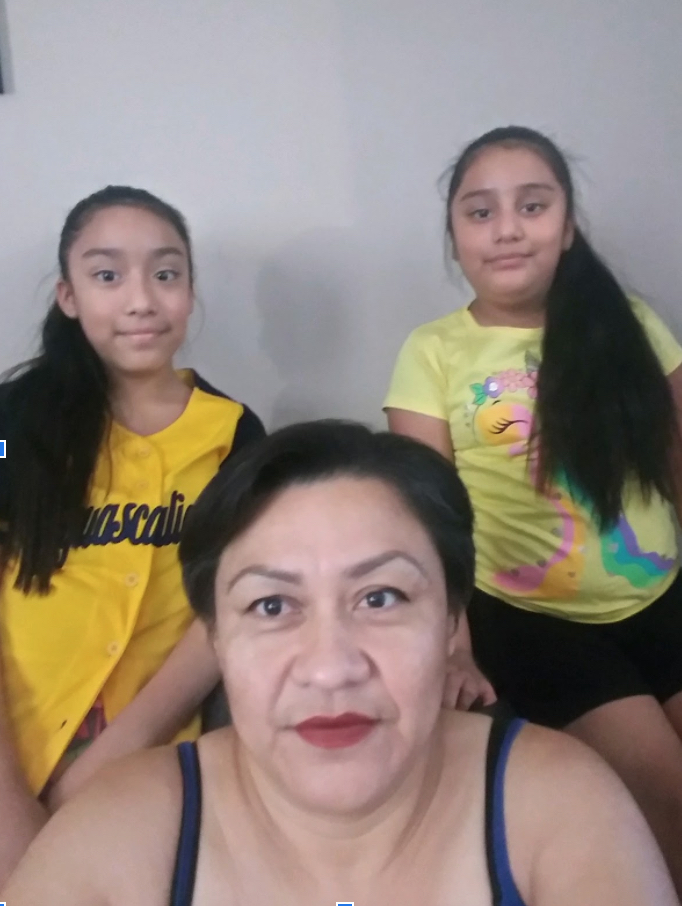
While emotions are, indeed, running at a new high, Kenchy Ragsdale, a Studio City dad of a child with special needs, says he found himself feeling relieved to learn his child’s school would not reopen this month. “We’re nowhere near defeating this disease here in L.A., and risking even one child’s life or one teacher’s life is simply unacceptable,” he says. “It’s immoral to force kids and teachers into an impossible situation in a futile attempt to somehow mitigate the damage all of us will suffer because of this pandemic.”
Ragsdale is a member of Speak UP Parents, an advocacy organization that aims to improve public education in California. Its mission is to help parents advocate for “excellent, equitable public education at their children’s schools, in their communities, with elected representatives and at the ballot box.” Speak UP has been on the front lines trying to address the needs of families during the pandemic, including launching iFamily to help increase parents’ digital knowledge with training in the use of tech tools, such as Zoom, that are needed to access online learning.
Rather than rushing back into the physical classroom, Ragsdale says this is a time when parents and teachers can “take stock of what we’ve all learned about best practices and the innovation that we’ve seen since March. The truth is, none of us has all the answers. If we did, education would have transitioned seamlessly from site-based schools to the virtual sphere and met the needs of every kid. Black and Brown kids would be getting the same education that most white kids are getting, and kids with special needs would be getting the services they are entitled to by law. We know that didn’t happen, but there’s still time to make things better this fall.
“We need every good mind we can get right now to identify the ways in which this forced model of distance education might actually be a huge opportunity to fix the inequity we continue to see and make education the beacon of hope that it’s supposed to be,” he says.
Pleas for understanding and additional support
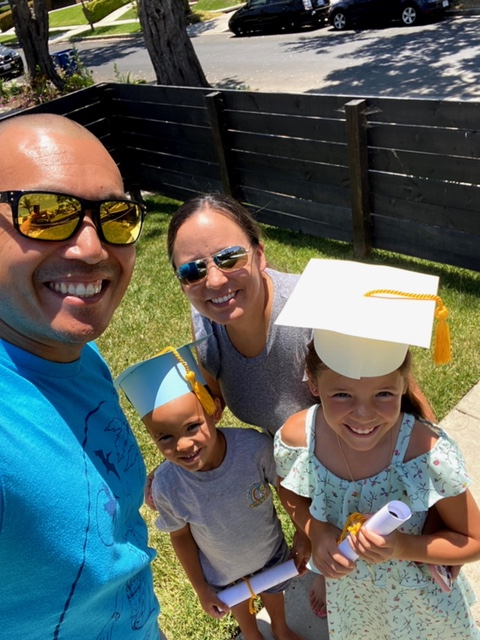
Monique Orozco, a mom of two and special educator in Sherman Oaks, wants parents and the larger community to understand how challenging it is to teach some students with special needs in the virtual world. “Engaging students with autism in the actual classroom requires savvy, but doing so online, with mics, cameras and with Wi-Fi that doesn’t always work can add a layer of difficulty,” she says.
Still, these technical difficulties aren’t at the top of her concerns. “Special educators like myself have the true challenge of trying to help our concrete learners access curriculum, despite not being able to offer tangible objects and manipulatives in supplement of our lessons, lessons that are sometimes interrupted by our own children who need just as much time, attention, support and comfort,” Orozco says.
“As a special educator and single mother, I feel the burden of educating tomorrow’s leaders heavier than ever before. There are no longer ’teacher hours’ – these hours meld in with making breakfast during a.m. Zoom teacher meetings, looking over my son’s work while students are doing their independent writing activities, and emailing parents or sitting in IEP [Individualized Education Plan] meetings while my daughter is playing violin in the background with her music class.”
The one thing all educators could really use this year is not Amazon or Starbucks gift cards, Orozco says, but understanding and flexibility. “If you are a present parent, please continue to offer that school routine to your child … and if you can be there for a child who needs structure, please do so.”
Meanwhile, Cudahy mom María Moreno, whose school-age daughter Guadalupe is an English-language learner, stresses that she needs additional support from LAUSD to get her daughter reclassified in order to access a more rigorous curriculum. However, with schools not reopening, testing that her daughter needs for that reclassification might not be available.
“Our primary language at home is Spanish, so my daughter needs to show proficiency in English by meeting four requirements, including passing the state test, in order to be reclassified. Since schools closed in March, Guadalupe had only a few interactions with her teacher and that’s why I decided to join Speak UP’s English Learners Task Force, so I could prepare myself to help her at home. But my daughter deserves to receive daily live instruction from her teacher and online support from her EL coordinator, and any other additional support consistently.”
A recent Speak UP survey found that a third of LAUSD’s 100,000 EL students were experiencing live online instruction only once a week or less (almost twice the rate of non-EL students), and that 13% never had contact with their teacher.
“As an active member of Speak UP, I support the recommendations that we as parents want the district to consider for the fall,” Moreno says, “including making universal technology training available for parents and required for teachers, and making sure our kids receive grades or feedback on assignments.”
‘Crisis schooling’ and acceptance
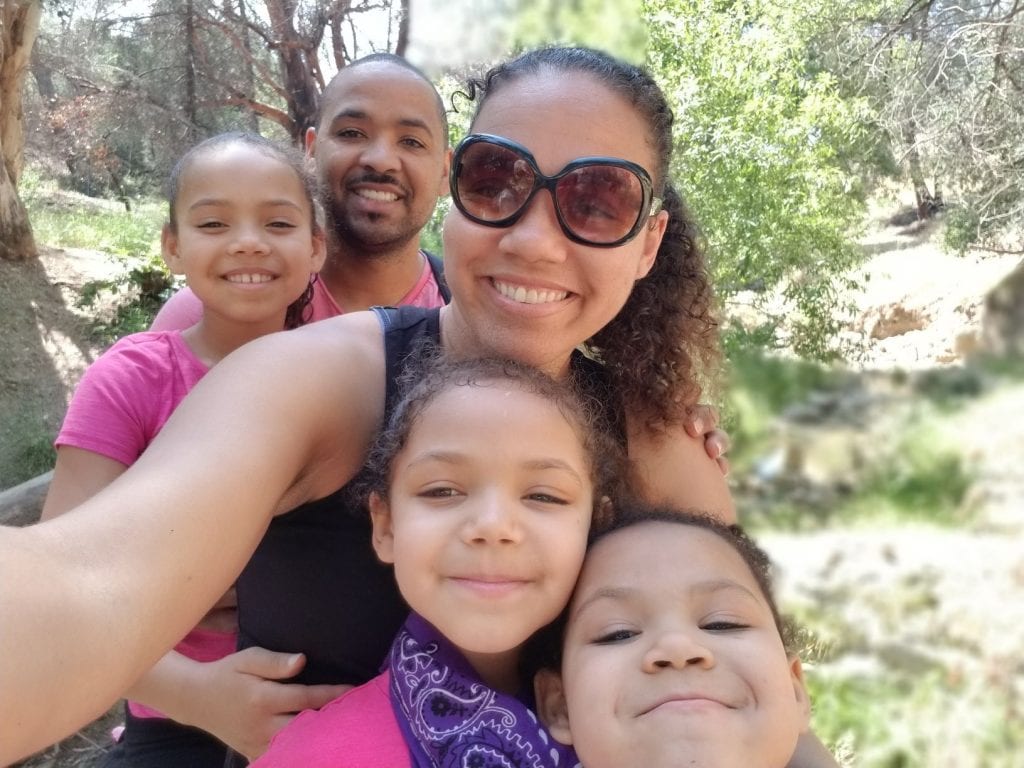
As an eighth-grade language arts teacher and mom of a third grader and a soon-to-be kindergartener, L.A. resident Noriko Nakada is entering the new school year with relief and dread. “This spring’s transition to crisis learning with my students, my partner’s students and my own kids was a challenge, but we created a new normal, adjusted to this routine and somehow made it to summer,” she says.
“This summer, I’ve tried not to worry too much about what the start of the new school year might look like, but the announcement of distance learning to start the year brought relief. That relief lasted about 12 hours. I woke up in the middle of the night, mind spinning around lessons to help create community with my new students who are still living through a pandemic. How could I secure engaging books to illuminate this summer’s uprisings and provide context and support for my students?”
Then her mind swirled with worries for her own children. “My mind spun around kindergarten materials that might help our boy through his first few weeks of school and how I could help my third grader maintain her Spanish in this extended time away from her dual-immersion program,” Nakada says. “I was still awake as early morning light filled the windows and gratitude set in. We would be safe at home. We wouldn’t risk exposure at our school spaces. It would be another challenge, but we could do it.”
Jennifer Grooms, another educator and mom of three, shares Nakada’s can-do attitude.
“My concern as a parent is providing a daily educational schedule for a preschooler, first- and third-grader,” Grooms says. “My concern as an educator is balancing my children’s schedule, along with my work schedule and my husband’s teaching schedule – yep, there are two teachers in our household. My plan is to continue the same mantra that I began back in March when COVID-19 commenced: To take it one day at a time!”
In the midst of all her pandemic back-to-school planning and worrying, Haimowitz echoes these teacher moms’ fortitude. “To get through this season, I am praying for the ability to go with the flow,” she says. “Hopefully, this will be a crazy blip in my kids’ very, very, very long school career. Thankfully, these kids are resilient, so I can be, too.”
Cassandra Lane is Managing Editor of L.A. Parent.



























